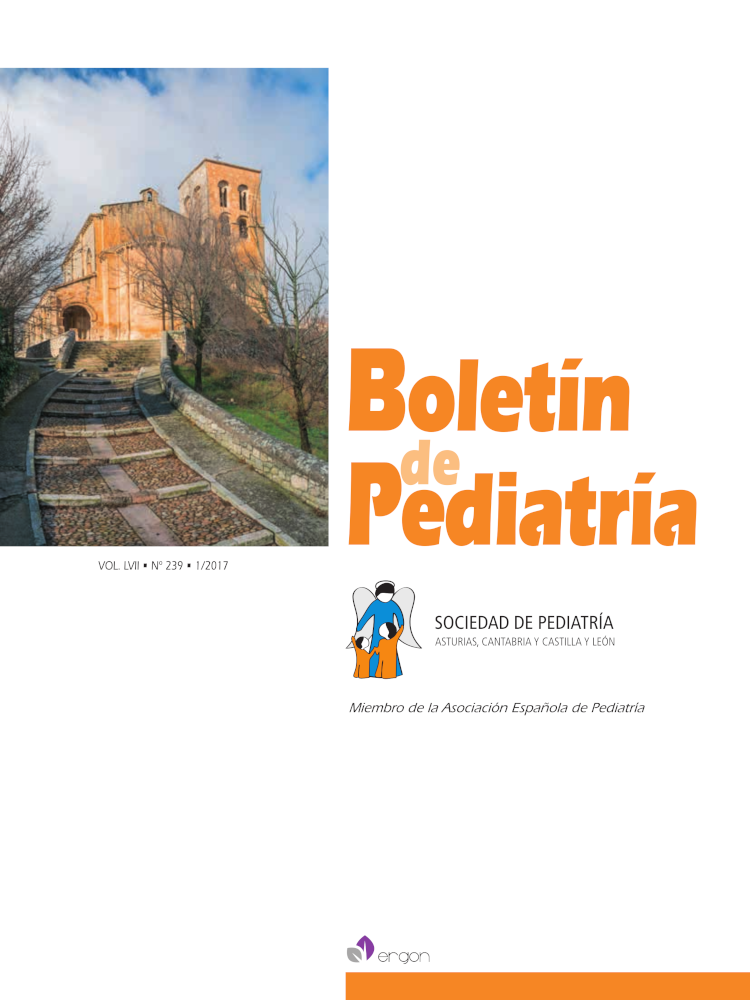Abstract
Introduction. Febrile seizures are common events in childhood and benign in nature. Typically affecting 2-5% of the children population between the ages of 6 months
and 6 years of age. Interleukin 1β has been implicated in the genesis of seizures in genetically determined fertile ground and mapped on chromosomes 8 and 19p in areas FEB1 and FEB2, although risk factors such as premature birth, anemia, genetic polymorphisms, known family history of epilepsy and immunization have been associated.
Objective. This study sought to identify the main causes of febrile seizures in children at the General Hospital Ambato, as well as characterizing them and their association to age, gender and family history.
Patients and Method. A descriptive transversal epidemiological cohort study was carried, including 115 patients with febrile seizure diagnosis, from june 2012 to august 2016.
Results. Findings showed that males presented more seizure events at 51.3%. Acute diarrheal disease and herpetic gingivostomatitis were responsible for fevers in 31.3%
and 15.6% respectively. The semiological expression in most cases were generalized tonic-clonic type. Of the total cases of seizures, 84.3% did not express family history, but the ones who did presented with a higher risk of reccurance. 93% of patients were full-term infants.
Conclusions. Infectious diseases were the primary cause of seizure events in this cases series. It is of high priority to identify risk factors associated to determine an appropriate
approach and follow-up according to the case.

This work is licensed under a Creative Commons Attribution-NonCommercial 4.0 International License.
Copyright (c) 2017 Boletín de Pediatría
